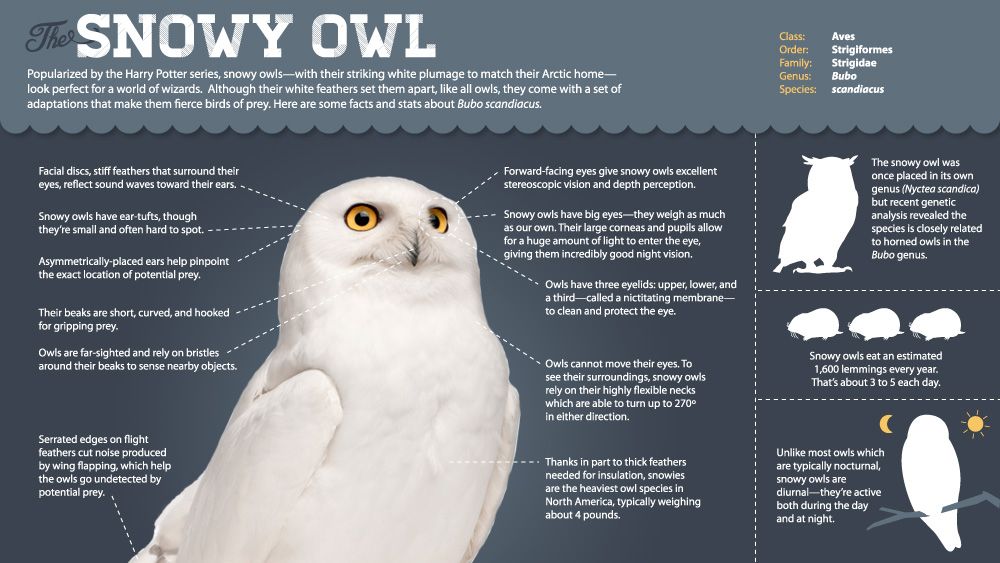Snowy owls, those majestic denizens of the Arctic, possess a certain mystique. But beyond their striking plumage and piercing gaze, lies a trove of fascinating facts. Have you ever stopped to consider just how unique these creatures are? Perhaps you’ve merely admired them from afar, never delving into the intricacies of their existence. What if learning about them could bring a smile to your face? Let’s embark on a journey to uncover five fun facts about snowy owls that will undoubtedly elicit a grin, while also challenging your preconceived notions about these avian wonders.
1. Nomadic Hunters with an Unpredictable Diet: A Tale of Boom and Bust
Unlike many owl species tied to specific territories, snowy owls exhibit a remarkable degree of nomadism. Their movements are dictated primarily by the availability of their principal food source: lemmings. Lemmings, small rodents that experience cyclical population booms and busts, are the cornerstone of the snowy owl diet. During periods of lemming abundance, snowy owl populations thrive, leading to increased breeding success. However, when lemming numbers plummet, these owls undertake extensive irruptions, venturing far south of their usual Arctic haunts in search of sustenance. This quest for sustenance highlights their adaptability. Imagine facing the challenge of constantly relocating to find your next meal. The extent of these irruptions can vary considerably, sometimes bringing them as far south as the southern United States or even Europe. The owls’ dietary flexibility does extend to other prey items, including voles, mice, birds, and fish, showcasing their resourcefulness in times of scarcity. This dietary plasticity allows them to survive where other, more specialized predators might perish. This opportunistic predation allows for greater survivability.
2. Cryptic Coloration: Masters of Arctic Camouflage
The snowy owl’s striking white plumage isn’t just for show; it’s a crucial adaptation for survival in the Arctic tundra. This cryptic coloration provides excellent camouflage against the snowy backdrop, allowing them to ambush prey with stealth and evade predators. Juvenile snowy owls exhibit more extensive dark barring, providing them with even greater camouflage during their vulnerable early stages. As they mature, they gradually lose these markings, becoming progressively whiter. This transformation is particularly pronounced in males, who often become almost pure white with age. The females tend to retain more of their dark barring, providing them with better camouflage while nesting. The degree of dark barring can be an indicator of the bird’s age and sex. Think about the advantage of blending seamlessly with your environment, becoming virtually invisible to both predator and prey. This masterful camouflage is a key factor in their survival in the harsh Arctic landscape. Such adaptations highlight the intricate connection between an organism and its environment.
3. Asymmetrical Ear Placement: An Auditory Advantage
Snowy owls, like many other owl species, possess asymmetrical ear placement, meaning their ear openings are positioned at slightly different heights on their head. This seemingly subtle anatomical feature provides them with a remarkable auditory advantage. The asymmetrical ear placement allows snowy owls to pinpoint the precise location of their prey, even when it is hidden beneath the snow. The time it takes for sound to reach each ear differs slightly, and the owl’s brain uses this difference to calculate the horizontal and vertical position of the sound source. This auditory localization is so precise that snowy owls can accurately strike prey hidden beneath several feet of snow. Imagine trying to locate a sound source with such pinpoint accuracy. This auditory prowess is a testament to the remarkable adaptations that have evolved in these birds. The implications of this adaptation extend to their hunting strategies and overall survival in a challenging environment.
4. Feathered Feet: Built for Arctic Endurance
Imagine traversing a frozen landscape with exposed skin. Unpleasant, to say the least. Snowy owls are equipped with feathered feet, providing insulation against the extreme cold of the Arctic. These feathers act as a barrier, trapping air and preventing heat loss. The dense feathering extends all the way down to their talons, ensuring that their feet remain warm even when perched on ice or snow. This adaptation is crucial for preventing frostbite and maintaining their ability to hunt effectively in freezing conditions. Consider the constant exposure to sub-zero temperatures that these birds endure. The feathered feet are not merely a cosmetic feature; they are an essential adaptation for survival in one of the harshest environments on Earth. This provides a palpable evolutionary advantage.
5. Silent Flight: Masters of the Ambush
Snowy owls are renowned for their silent flight, an adaptation that allows them to approach their prey undetected. This silence is achieved through specialized feather structures. The leading edges of their flight feathers are fringed with comb-like serrations that break up the airflow, reducing turbulence and minimizing noise. Additionally, the soft, velvety texture of their feathers further dampens sound. Imagine the element of surprise you could achieve if you could move without making a sound. The silent flight of the snowy owl gives them a significant advantage when hunting, allowing them to ambush prey before they have a chance to escape. Their mastery of silent flight is a testament to the evolutionary pressures that have shaped these magnificent creatures. It contributes significantly to their hunting success and survival in a competitive environment. This provides a stark contrast to louder avian species.
